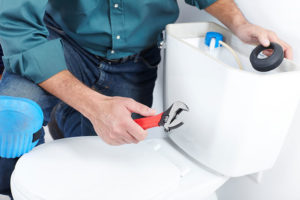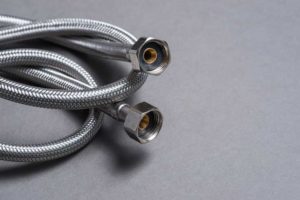 About Baby Safety Month
About Baby Safety Month
Each September, the Juvenile Product Manufacturers Association (JPMA) sponsors National Baby Safety Month. The focus of this year’s National Baby Safety Month will be educating parents on the importance of registering their baby products and paying attention to recall notices.
This is an important topic because most people pay little attention to the product registration cards they get with the things they purchase.
The majority of people simply throw these registration cards away with a shrug of the shoulders. That is a dangerous attitude when it comes to baby products.
If parents do not register the products they buy for their babies, they may not hear about future recall notices until it is too late. Some of these recall notices are issued because products are found to be dangerous or even deadly. To protect their children, parents need to take a few minutes to fill out and send in the product registration cards for all the baby items that come with them.
Three Hidden Dangers for Babies
As well as registering their baby products, parents also have a responsibility to baby-proof their homes. While most parents do this, they are not always aware of the hidden dangers that may lurk in their homes. Keep an eye out for these three hidden dangers for babies in the home.
1. The Crib
Parents tend to think of cribs as the safest place their babies can be, but they can in fact be deadly. This is because of sudden infant death syndrome (SIDS). To reduce the risk of SIDS, never put any pillows, blankets or soft toys in the crib with your baby. Also, parents need to make sure to put their babies to sleep on their backs.
2. The Diaper-Changing Table
Babies can very easily roll off the table if you get distracted while changing their diapers. This can literally happen in seconds. Don’t ever leave your baby unattended on the diaper-changing table for even a moment.
3. Tripping
 If you trip while carrying your baby in your arms, the results could be tragic. Make sure that you remove rugs, stray cords and other tripping hazards from your home to prevent this disastrous situation from occurring.
If you trip while carrying your baby in your arms, the results could be tragic. Make sure that you remove rugs, stray cords and other tripping hazards from your home to prevent this disastrous situation from occurring.
Child Passenger Safety Week
Car crashes are one of the leading causes of death for children. In order to prevent these tragic deaths be informed about child passenger safety laws. September is also the time of year when Child Passenger Safety Week occurs. This year, Child Passenger Safety Week will be from September 18-24.
On September 24, law enforcement officers nationwide will be checking that parents are using the correct safety devices to transport their children on National Seat Check Saturday.
Make sure that you always use car seats correctly for your kids to keep them safe. Also be sure to keep them away from plumbing issues, call Daniel Cordova Plumbing, Drain & Sewer servicing the Whittier, CA area at (626) 962-0885.

 hen the Water Needs to Be Lowered
hen the Water Needs to Be Lowered 2. When the Refill Tube is too Long
2. When the Refill Tube is too Long 3. When the Flapper is Worn
3. When the Flapper is Worn Most kids will not be ready and will simply not want to offer a helping hand with all of the tasks that need to be completed by the first day of school.
Most kids will not be ready and will simply not want to offer a helping hand with all of the tasks that need to be completed by the first day of school. Organizing Your Schedules
Organizing Your Schedules These are all tell-tale signs that your water heater needs some TLC. To keep your water heater running smoothly, check out these simple maintenance tips.
These are all tell-tale signs that your water heater needs some TLC. To keep your water heater running smoothly, check out these simple maintenance tips. Your water heater is not able to properly kill harmful bacteria. Any stagnant water is prone to bacteria growth, most of it harmless. However, in some cases, people have developed
Your water heater is not able to properly kill harmful bacteria. Any stagnant water is prone to bacteria growth, most of it harmless. However, in some cases, people have developed